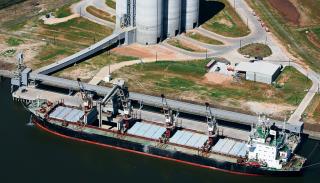East Africa’s future appears significantly brighter as economic growth accelerates following the recent challenging years. Increased construction demand is expected to fuel cement consumption and producers are gearing up for sustained market growth. However, competition is set to increase as new entrants claim their market share. By Francis Mwangi, Standard Investment Bank, Kenya.
With average GDP growth of 4.6 per cent in 2016 and the IMF forecasting 5.2 per cent annual growth over the next six years, the East African Community (EAC) stands out as one of the continent’s few bright economic spots. Growth drivers across the regional economies have remained fairly similar with gains from low energy prices, increased investment in infrastructure, positive foreign direct investment, and improving consumer purchasing power and wealth accumulation. However, key challenges still remain including weak government fiscal discipline, high current account deficit resulting in recurring foreign currency volatility, under-investment in social services, widening income gaps, inflation volatility, a shortage of long-term funds to finance capital investments and regular political upheaval.
